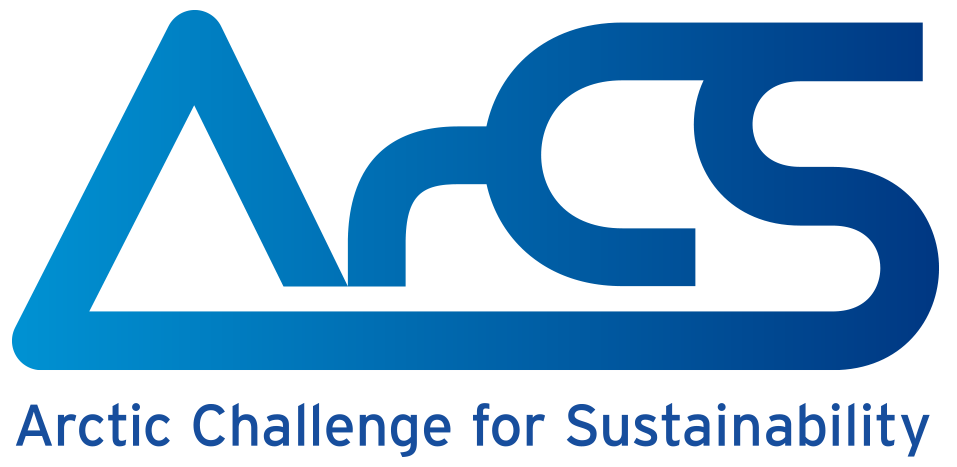2017 Fall report
Atmosphere and Ocean Research Institute, The University of Tokyo
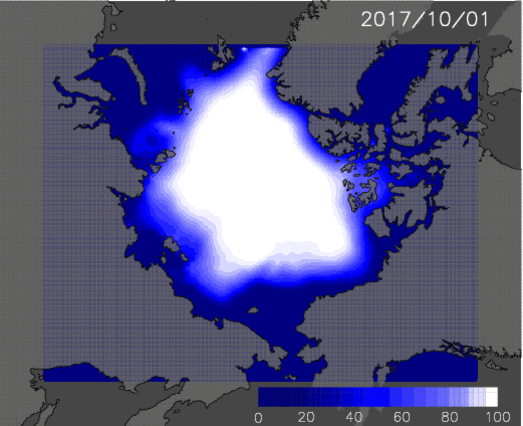
- The Arctic sea ice area will advance with a speed faster than the last year.
The sea routes of Russian side will close around October 1, and the Canadian side except for Canadian archipelago will close around October 18.
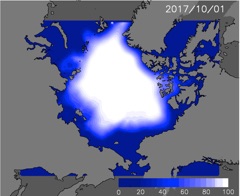
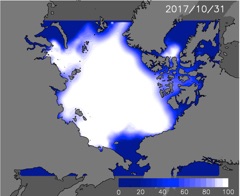
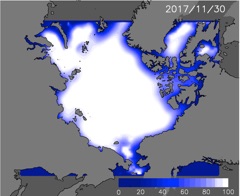
The Arctic sea ice area is advancing since an annual minimum on September 13. Advance speed in October and November will be faster than the last year.
Sea routes of Russian side will close around October 1, which is two weeks faster than the last year. The route of Canadian side except for Canadian archipelago will close around October 18, which is one week faster than the last year.
This prediction is basing on the relation between the speeds of summer ice retreat and fall ice advance. Figure 3 shows the correlation coefficient between the days of open water during May 1 to September 10 and ice concentration in fall. High correlation coefficient means that a fast ice retreat generally promotes a slow advance of the ice area.
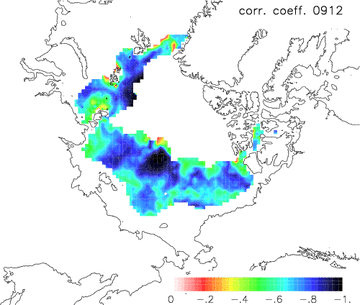
If you have any questions about satellite monitoring of the Arctic Ocean, sea ice forecasting, or the forecasting methods used here, please contact the Sea Ice Information Center(sea_ice@nipr.ac.jp)
The research for this forecast method was started in GRENE Project. The sea ice forecast was conducted in ArCS Project (FY2015-2019).


